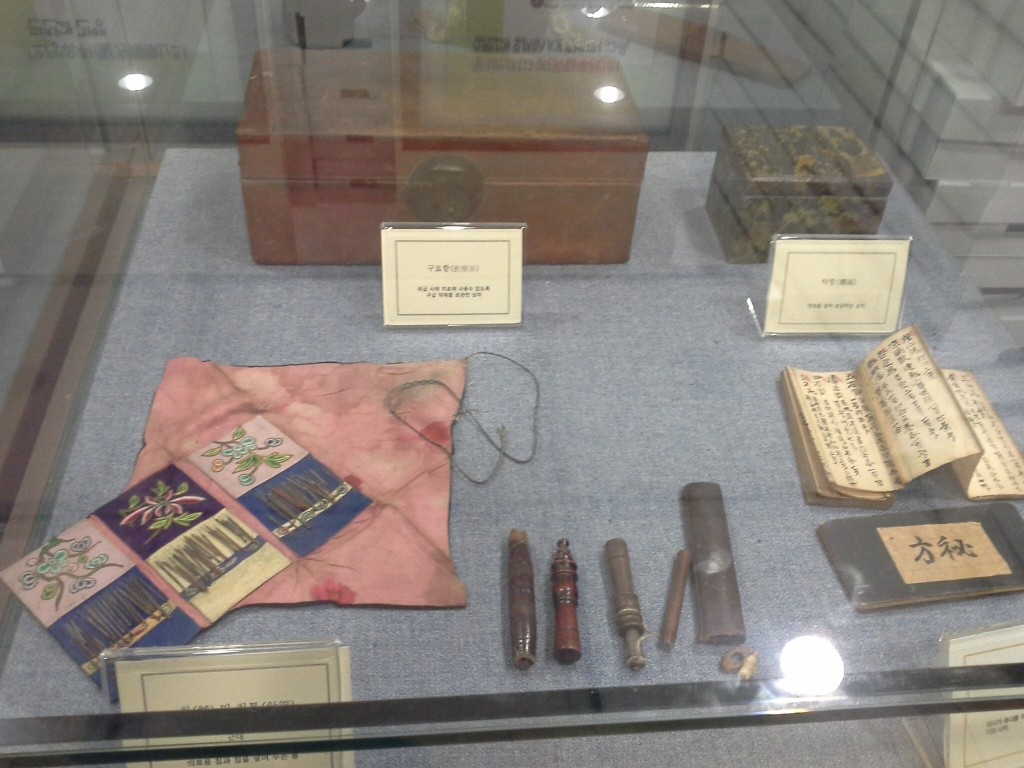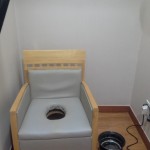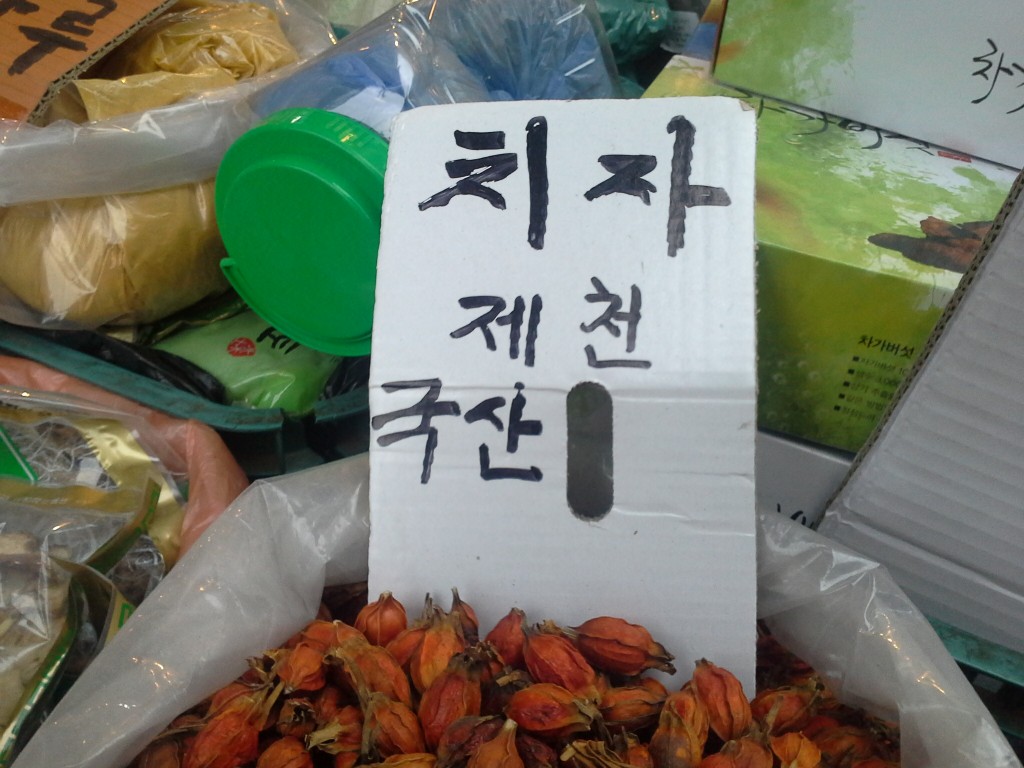I was in Seoul, South Korea for a short study trip in November last year. In there, I learned about the history of Traditional Korean Medicine (TKM) and the current state of TKM in South Korea today. Prior to this, I have little knowledge about TKM. Of course, I have watched the popular Korean historical drama “大長今” (Dae Janggeum) before, and know that traditional herbal medicine has been practised in the royal court of ancient Korea, and the form of medical practice is very similar to the traditional Chinese medicine (TCM). Therefore, during my visit to Kyung Hee University Korean Medicine College in Seoul, my first question to the dean of the college, Professor Kim Namil, was, “What is the difference between TKM and TCM?” His short answer to me was “TKM is more human-centric, and TCM is more symptom-centric”. Not satisfying with his short answer, I spent the next two weeks reading into the history of TKM to seek further explanation. It ended up as an interesting study project for me.
Historical Development of TKM
Traditional medicine has been practised in the Korea peninsular for thousands of years. Archaeological findings of stone needles used for acupuncture dated over 4000 years old have been discovered in North Korea [1]. The use of wormwood and garlic as medicine to transform a bear into a human was mentioned in the founding myth of the Gojoseon (고조선 古朝鮮, 800BC-108BC) dynasty. However, written records of ethnic medicine used in ancient Korea only available starting from the Three-kingdom Period (42-668AD) [2], with information on the use of herbs including ginseng.


Subsequent development during the Joseon (朝鮮, 1392-1897) dynasty helped to establish TKM as an independent branch. King Sejong The Great (世宗大王, reign 1418-1450) who created Korean alphabets who invented the Korean alphabets (Hangul) played an important role. In his effort to make medicine available to the mass, he ordered the printing of practical medical texts and dissemination using local language for public use. We see intense and extensive efforts to local medicine to reduce the reliance on Chinese medicine during this period of time [4].
The publication of Dongeuibogam [DBG] (東醫寶鑑) (The Precious Mirror of Oriental Medicine) by court physician Heo Jun (許浚) in 1613 was an important event in TKM. DBG is a comprehensive text which incorporated the latest medical knowledge of China and Korea of the 16th century. This is the first text which incorporated unique Korean viewpoints towards disease by stressing on the need to focus on personal characteristics [4].
DBG became the standard medical text in Korea and was used extensively not only in the royal court but also by the rural doctors. Treatment methods were developed based on DBG and independent from China. As such, the exchange with China in the medical field waned. Evidently, the new Chinese medical paradigm of Wenbinxue (温病学) with the focus on the control of infectious diseases that was developed after the 17th century was not featured in TKM [4]. Furthermore, a new branch of TKM which emphasizing treatment based on individual body constitution called Sasang (四象) constitutional medicine was developed in the 19th century, which is completely distinct from TCM [5]. In July 2009, DBG was successfully registered as a historical documentary heritage in the UNESCO’s Memory of the World Programme.
TKM in Korea Today
TKM suffered a period of decline during the Japanese occupation period (1905-1945) in Korea due to the Japanese emphasis on western medicine. However, since the 1950s, TKM has been revived and re-established as a mainstream medical treatment option for the public. TKM doctors are licensed medical practitioners having the same status as Western medical practitioners. I visited the Kyung Hee University Hospital in Seoul during my study trip. The TKM hospital operates as an independent entity within the hospital system which has its own building, wards, treatment centres, pharmacy, and herbal preparation centre. It was surely an eye-opening experience for me to see how traditional medicine being practised at the scale of a major hospital. Wide adoption of TKM by the general public is also apparent in the popularity of herbal medicine.
I also visited a large herbal medicine market near Jegi-dong in Seoul. It was the best place for tourist like me to buy Korean ginseng; the best known Korean herb!
Conclusion
While die-hard TKM purist may insist that TKM is a distinct branch of medicine, historical facts show that it is strongly influenced by Chinese medicine. TKM and TCM share similar theoretical and philosophical foundation. Independent development of TKM only started from 17th century with some distinctive features. Therefore, TKM and TCM are like “One river, two streams” and they came from the same origin.

References:
- Kim, S,-I. (2014, April 8). Traditional Korean Medicine Mesmerizes the World. Korea IT Times. Retrieved from http://www.koreaittimes.com/story/21183/traditionalkorean-medicine-mesmerizes-world
- Kee, C. D. (1999). The history of Korean Traditional Medicine. Korean Journal of Medical History, 8(1), 1-14. Retrieved from http://medhist.kams.or.kr/abstract.php?body=19991a
- Shin, D. (2010). Trends in research on the history of medicine in Korea before the modern era. Korean Journal of Medical History, 19(1), 1-43. Retrieved from http://medhist.kams.or.kr/abstract.php?body=20101a
- Cha, W.S., Oh, J.H., Park, H.J., Ahn, S.W., Hong, S.Y., & Kim, N.I. (2007). Historical difference between traditional Korean medicine and traditional Chinese medicine. Neurological Research, 29(Suppl 1), S5-9. doi: 10.1179/016164107X172293
- Kim, J.Y., Pham, D.D., & Koh, B.H. (2011). Comparison of Sasang Constitutional Medicine, Traditional Chinese Medicine and Ayurveda. Evidence-Based Complementary and Alternative Medicine, Article ID 239659. doi:10.1093/ecam/neq052





















